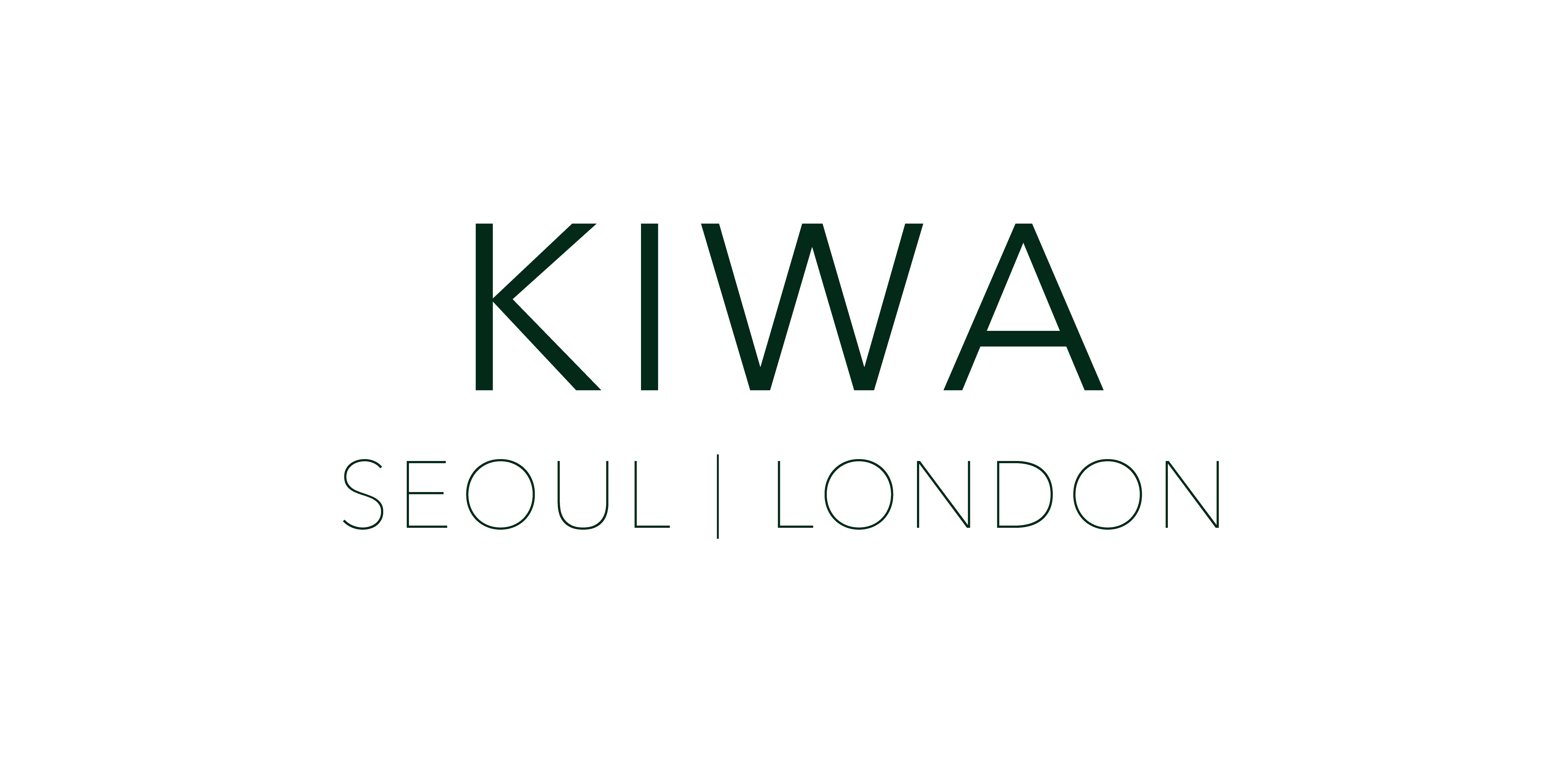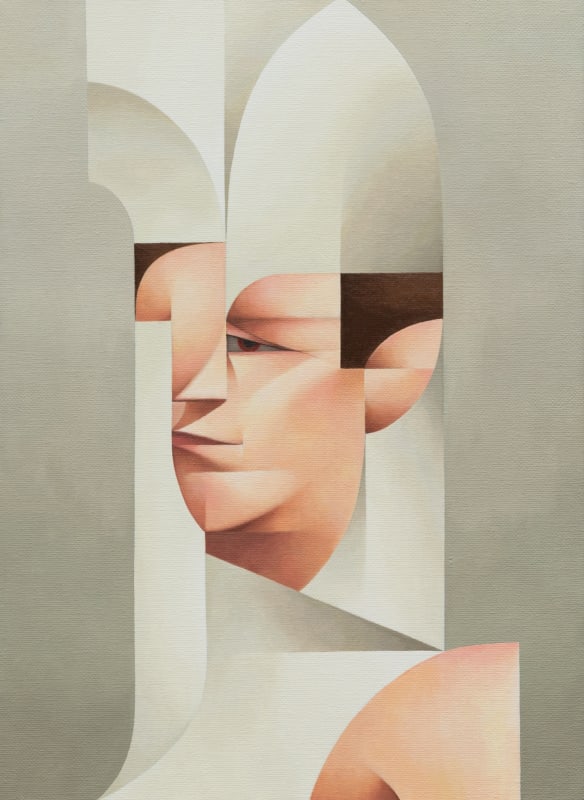Elegant Anxiety
The Truth of Visual Art
From the fresh and vibrant appearance of youth to the gradual bloating, sagging, and thinning of hair, Rembrandt painted his own aging visage with such relentless beauty. His self-portraits capture the inevitable transformation before the passage of time, evoking a certain melancholy. Yet, the sorrow of death and aging does not leave us despondent or submerged in despair. His works, which so excellently portray the changing human form amidst the vast, unstoppable flow of time and life, invite us to gently and with poise reflect on the human condition and the worldview it is intertwined with. Giacometti's frail, thin figures walking precariously strip away all superfluities, leaving us to confront existential questions and leading to profound inward reflection. Käthe Kollwitz's tragic yet tenacious depictions of the will to survive amidst brutal reality offer a heartbreaking yet beautiful portrayal of humanity. Frida Kahlo's work, driving us to the heights of awe, channels the energy emanating from the weak human body through the sheer force of passion and love. Edvard Munch's works, which stir chaotic, despairing, and bleak emotions as if resonating with dissonant sounds in visual form, compel us to confront the difficult truths of human nature and instinct with elegance and dignity. These depictions of the frail and primal aspects of human nature-unpleasant, uncomfortable, and often avoided-are presented through the irreplaceable and persuasive communication unique to visual art, ensuring we do not turn away or flee. This, perhaps, is the 'truth' possessed by visual art.
Visual Artistic Manifestations and Expressions of Anxiety: Mischievous Cynicism, Gloom in Glamour, Rigid Terror, A Smile for Survival, and…
In the works of artist Choi Byung-jin, the visual artistic manifestations of "anxiety" have appeared in various forms of expression. The pieces from his first solo exhibition in 2007 featured lighthearted and playful imagery. Works like Yong pal, Zodiac, and Ten Symbols of Longevity possess a dignified yet whimsical character, while Apology, composed of elements such as the Trojan horse, apple, Pinocchio, and crocodile tears, presents a surreal body drifting aimlessly. The work offers the fun of discovering and interpreting individual characters, provoking strange and imaginative thoughts. It is a witty and spirited challenge to the solemnity and gravitas typically associated with painting. Though playful, it can also be seen as an alternative demonstration of the true aura inherent in the art of painting. In his 2012 exhibition, his artistic style evolved into portraiture, where personal anxiety was vividly expressed through an array of colors. The anxiety and frustration surrounding the question, "Who am I, and what kind of being am I within this society?" are portrayed by juxtaposing standardized patterns in bright colors with gray faces, highlighting a contrast that accentuates a sense of melancholy and loss. What once seemed like an inward, self-deprecating gaze appears to have shifted towards an exploration of the relationship between the individual and society, as the artist searches for a fitting expression of the alienation felt within it. Thus, the title of his second solo exhibition, The Room Without a Door, seems to reflect the artist's attempt to reconcile this dissonance. The characters' gray, suffocating expressions contrast with the vibrant Obangsaek (the traditional five cardinal colors), which pattern the mundane routines of everyday life. Through these patterns, the artist conveys a warm perspective, paying homage to the resilience and willpower of human beings as they navigate the repetitive cycles of life.
The surrounding landscape feels familiar and comforting, yet inexplicably I am unsettled. The world, as it progresses through the course of history, grows clearer, but at the same time, it's terrifying vastness numbs the senses. It is as though I am wandering through a thick fog, where nothing feels real, and this evokes an overwhelming anxiety that leads me to question my very existence. However, when this anxiety closes in, I sense the presence of something else groping its way through the dense mist alongside me. I don't know if it is human, a monster, a living thing, or something inanimate, but this entity, like me, seems lost on the same path. Though its indistinct form is frightening, the mere fact that we share the same plight brings an odd sense of comfort and an unknown courage."
-From the artist note -
At this point, the artist incorporates the concepts of 'enclosure' and 'openness' into his work, depicting society as a confined space, akin to wandering through thick fog, where one contemplates identity and senses the presence of others. This process suggests the ambiguity and suffocation of an individual's inner state while simultaneously providing a sense of relief through the recognition of others who are equally lost in the same situation. In other words, by allowing 'enclosure' and 'openness' to coexist, the artist avoids isolation, drawing strength from the sense of solidarity with others. The 'anxiety' he establishes, although stemming from his unique and specific psychological experience as an artist, naturally acquires a universality. Through the codes of enclosure and openness, the artist gently persuades us, without force, creating a space that feels comforting. The words frequently mentioned in his work notes, such as 'clusters' and 'blurring,' attest to his distinct formative formula.
The imprint of that terror, etched into my senses, began to surface frequently. It seeped into everything around me, including myself. There was nowhere to escape, and breathing became difficult. Each breath I took felt shorter, an ironic fear as if the very air I trusted had betrayed me. Upon being caught in its betrayal, it revealed its increasingly polluted and tainted nature. Slowly, everything was drawn into a gray abyss, and my senses, paralyzed by helplessness, could no longer move even a finger. I was utterly consumed."
-From the artist note-
From 2015 to 2018, the series of works are divided into the forms of portraiture and group portraits, with 'obsession' and 'complex' as central themes. The titles of the portraits are numbered, and the faces and bodies appear bound by the background of the work or seem to be submerged in a rigid frame. The expressions are either obscured by covering the eyes, nose, and mouth, or even when visible, they are pale, schematic depictions rather than human-like features. The foundation and early traces of my current works can be clearly seen in the pieces that began in 2015. The portraits, which initially aimed to express moments of physical symptoms of obsession, gradually transformed over time. This transformation reflects a shift from obsession to a more general and chronic concept of anxiety.
Anxiety shakes the cradle of the body, which seeks stability, in a dissonant rhythm, creating cracks in comfort. It hammers away at the utopian delusion that the environment surrounding the body will always be favorable to me, awakening the body to unexpected threats and activating processes for survival."
-From the artist notes -
The works from 2023 onward display an intensified focus on portraiture. The faces of the figures reveal more nuanced expressions than before-although still partially obscured-and the human figures, once bound by their surroundings and backgrounds, begin to transform into more fluid and diverse forms. The shapes that surround these figures appear less as constraints imposed by external environments and more like weathered, expanded skin, adorned with anxiety as the artist describes. The pieces in this solo exhibition encapsulate the elements that artist Choi Byung-jin has grappled with throughout his exploration of the various faces of anxiety, now expanded with solidity and elegance. Works such as 044, 045, and 046 show the merging of backgrounds and bodies, depicting a process of hardening somewhere between constriction and weathering. Meanwhile, pieces like <047>, <048>, <049>, <050>, <051>, and <052> reveal the human will to live amidst the repetitive patterns of daily life, where the skin of the figures unfolds and extends. In <053>, <054>, and <055>, the human form becomes fused with objects, solidified and fossilized like artifacts. While humans are inherently independent beings, they adapt with remarkable flexibility to survive, constantly interacting and intertwining with their surroundings-a relationship of life that Choi meticulously constructs and illustrates. His recent works reflect a subtle shift from the earlier phase where the artist seemed more closely entwined with his creations. Now, the previously bound human form, which once symbolized personal experiences and inner symptoms, has evolved to quietly but splendidly unravel the 'truth' of anxiety in his current pieces.
Anxiety, That Elegant Expression
Despite his works being manifestations of extreme anxiety, they neither suffocate nor overwhelm. Instead, one can immerse themselves in his art and delve fearlessly into its depths, and there is a clear reason for this. It's because, within his creations, he intentionally sets an open space, preventing isolation. From the artist's perspective, this could be a mechanism to attain universality, while simultaneously serving as his own means of survival. If the brain's diligent process of survival can be termed "anxiety"-a kind of mechanism for self-preservation-then humanity has written the history of evolution not through individual battles for survival, but through collective struggle, together. In Choi Byung-jin's works, alongside the concept of "anxiety," there is a deeply embedded theme of "relationship," through which the fierce will to live is sublimely represented. Beyond mere visualizing the physical symptoms of anxiety, Choi suggests to us the deeper truth it holds. As per Heidegger's concept, regardless of our will, we are being thrown into the world, and as such, in this void, we are inevitably connected to the structure of the world as inherently finite beings. Yet, within the flow of time, where everything is finite (death), we must find meaning in our existence. The signs of "anxiety," along with "melancholy" and "madness" as responses to survival, reside closer to the unconscious rather than the conscious. While consciousness recognizes time, the unconscious disregards it, which is why, paradoxically, the art born from the artist's painful circumstances may appear beautiful to us.
In Choi Byung-jin's works, it seems more crucial to uncover the truth about human instincts for survival rather than merely observing how the signs of 'anxiety' are depicted. Immersing oneself in the contemplation of why such consciousness arises and what it stems from-reflecting on everything experienced and connected within a finite world-this, perhaps, is the expression of anxiety and truth that Choi Byung-jin presents to us.
The personal experiences and artistic anxieties that the artist endures are moments when his truth-both humanly and artistically-are most vividly expressed. Through his work, we are reminded of our own anxieties, compelled to confront them honestly (rather than evade them), and, by facing this anxious time head-on, we can encounter a new layer of life. From an existential perspective, it offers a pathway to confront authentic existence. The moment anxiety overwhelms us is also when a door opens, leading to our innermost selves. Having already faced his inner struggles with harsh self-reflection, the artist perhaps stands above, gently persuading us with his language. The true essence of painting-the aura of art-might indeed lie in this elegant inquiry into the truth and nature of authentic life.
Ko Yeonsoo (art critic)


